Nonghyup offers a Tet homecoming
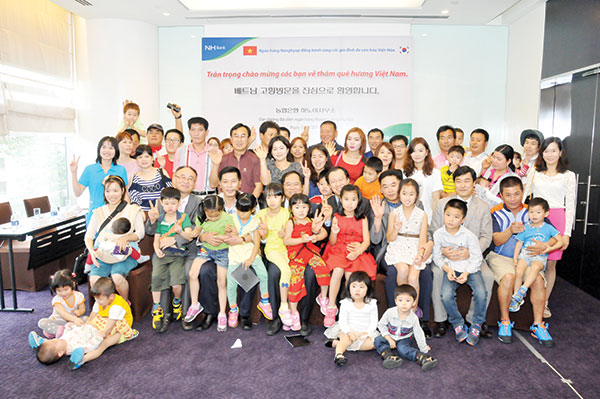
Nonghyup Bank aims to help reunite Vietnamese wives in Korea
Twenty such mixed families will visit their Vietnamese in-laws this Tet thanks to support from Korea’s Seowon province-based Nonghyup Bank.
“Continuing the tradition of the previous years, this year we will subsidise 20 mixed families consisting of more than 80 people to visit their Vietnamese relatives. These families are some of the more successful multicultural families living in Korea and we hope after the trip their example on their return to Korea will encourage other similar families,” said Kim Deok Hwan, representing Nonghyup Bank.
The family of Seong Kyung and his Vietnamese wife Le Thi Thu Van was one among them.
“We’re delighted to have the chance to visit Vietnam. This is the first time in our four years of marriage that we’ve had the chance to visit her family in Vietnam,” said Seong when his family was at the airport waiting to board the plane.
His wife’s family lives in the northern port city of Haiphong.
Nearby are Lee Yong Woo and his wife Nguyen Thi Nghia.
Lee, a farmer, got married to his Vietnamese wife nearly 10 years ago. He said his wife had not had the chance to visit her family in Vietnam since they got married.
His wife’s family lives in Thanh My commune in the southern province of Dong Thap province’s Thap Muoi district. She is the second of four siblings.
Ten years ago, with money tight in the family, she decided to get married to a foreigner to support her parents.
Nguyen Thi Nghia is a lucky Vietnamese bride as her husband Lee Yong Woo is very kind to her and supports her work.
“If I was born in another time, I would still want to marry her,” said Lee.
Now, their happy family has two daughters, Sang Mi and Jin Na. They live in Seomyun commune, Hoengseong district which is well-known throughout Korea for having top-quality beef.
“My wife has helped us develop a herd of over 20 cows in my farm,” said Lee.
Everyday, Lee brings his two daughters to Seowon primary school and drops his wife off at a factory specialising in making kim chi. Her work ranges from cleaning to sorting cabbages.
Most workers there are the elderly, so Nghia often works hard to support them. Responsive to her kindness, they teach her ways to make good kim chi.
The criteria to work at the factory are strict since the factory supplies kim chi to the entirety of Korea, so the workers there must be not only diligent and responsible, but also have experience and be devoted to their work.
“Compared to Korean workers, Nghia is more diligent and resourceful. I sometimes visit her family. It is not easy to make good kim chi but Nghia is good at her work. The way she makes kim chi is similar to what other Koreans do,” said the factory’s director Lee Sang Kook.
Four years ago Nghia decided to learn the traditional Korean samulnori musical instrument to play a more active role in the community.
Nghia has a special sympathy for the elderly. This was partly because she could not return home when her mother died.
“To me, when working with and living with the elderly, it’s like I’m helping my own parents in Vietnam,” said Nghia.
What the stars mean:
★ Poor ★ ★ Promising ★★★ Good ★★★★ Very good ★★★★★ Exceptional
Latest News
More News
- Yum China to report third quarter 2024 financial results (October 18, 2024 | 07:00)
- Entertainment tech startup STAYGE Labs Launches 'LiNC' App (October 18, 2024 | 07:00)
- OmniaBio announces opening of new commercial manufacturing facility in Canada (October 18, 2024 | 06:00)
- Telix Files Form 20-F Registration Statement for Nasdaq ADS (October 18, 2024 | 04:32)
- Quhuo Regains Compliance with Nasdaq Continued Listing Requirements (October 18, 2024 | 03:10)
- FMF to Engage Chinese Mining Leaders at China Mining Conference and Exhibition (October 18, 2024 | 01:23)



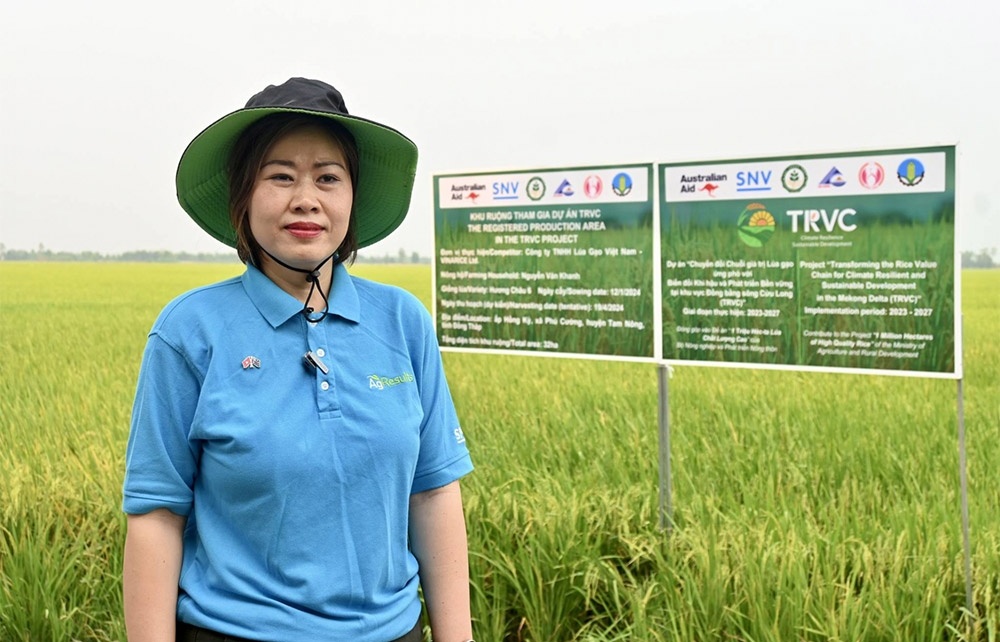

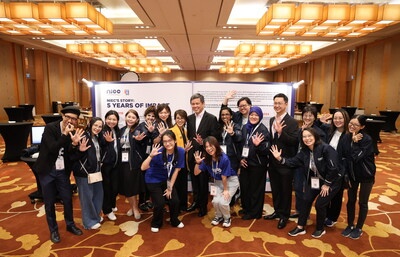

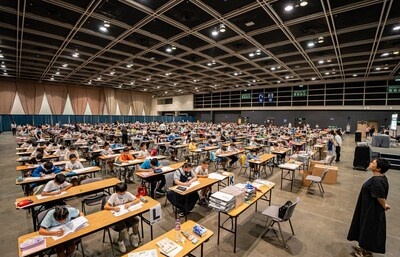




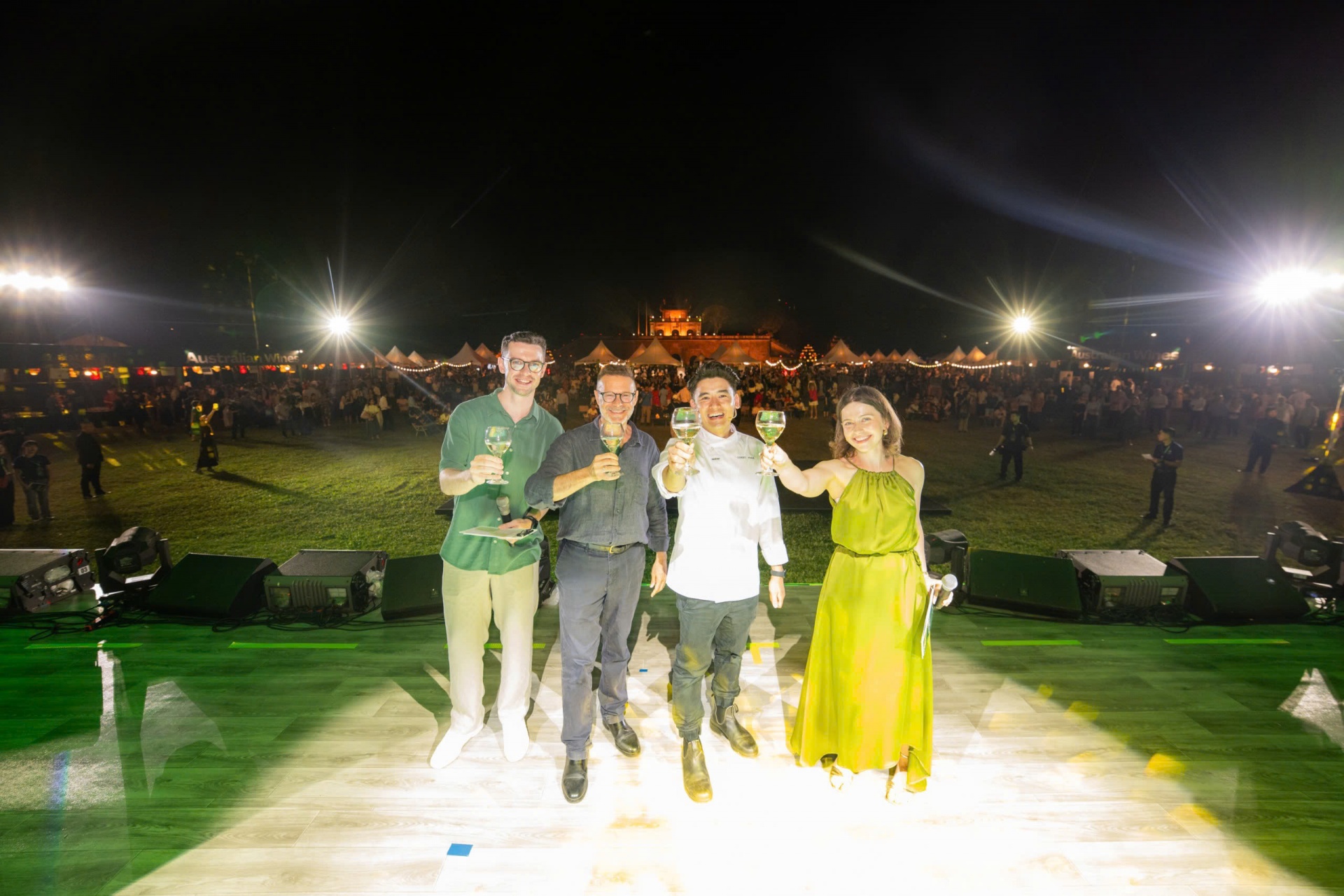
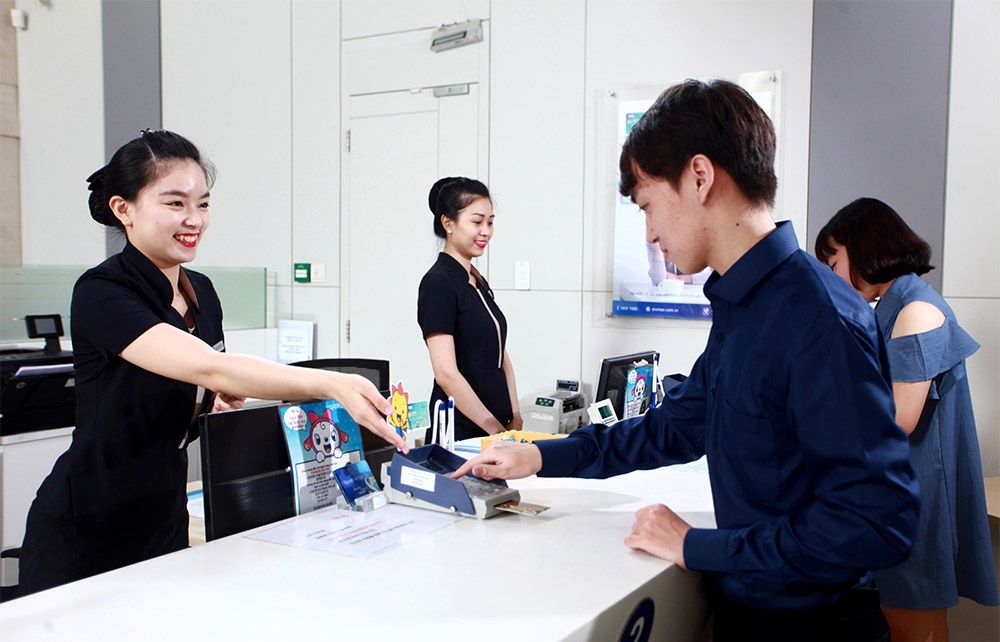




 Mobile Version
Mobile Version